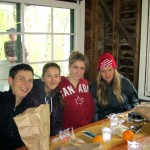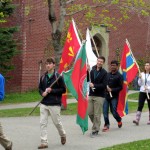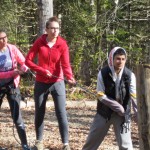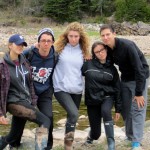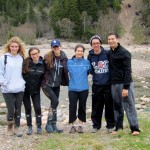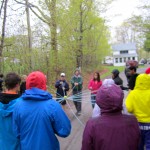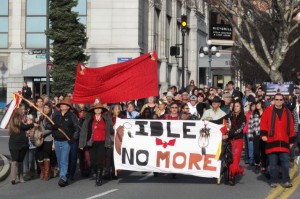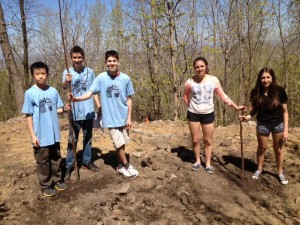 Last Friday’s Grandparents’ Day was truly a special celebration. Hundreds of grandparents came to LCC for an opportunity to connect with children in a manner that is both meaningful and inspiring to see.
Last Friday’s Grandparents’ Day was truly a special celebration. Hundreds of grandparents came to LCC for an opportunity to connect with children in a manner that is both meaningful and inspiring to see.
The presence of so many happy elderly people made me think of my wise old aunt Kathleen who had a full life. She lived well into her 90’s—healthy, active, engaged, and upbeat to the end. In her 90’s Kathleen took a lot of courses for personal interest and self-development. One course led to her doing housework in the nude, which was supposedly very therapeutic. She loved it; people just knew to avoid her place in the mornings!
My favourite course that Kathleen took was called “decluttering.” To “declutter” is to rid yourself of the piles that build up around you over time—the mess that gets in the way and can prevent productivity, efficiency, even happiness.
In my aunt’s case, the decluttering course focused less on reducing the useless “stuff” in her life as it did on getting rid of people who were dragging her down—the complainers, the whiners, the negative forces who could make any 90 year-old miserable. So during the last few years of her life, aunt Kathleen actively decluttered —literally consciously dropping friends who were mostly negative energy and who brought her down.
So let’s think about “decluttering” in your life. I’m not suggesting you start “dropping” friends left and right. But this is the time of year when we all benefit from evaluating our circumstances and clearing a path to daylight, to efficiency, to a more positive attitude, or positive mindset.
How does your personal space look—your desk at home, your documents on your computer? It’s time for more than spring-cleaning; it’s time to “declutter” and eliminate the mess that stands in your way as you prepare to wrap up your school year.
So how about friends? Are the people you spend most of your time with uplifting and supportive? Or have you somehow fallen into a circle of whiners & complainers? Ultimately, the people you surround yourself with help to define you and what you will become.
So value true friendship and be wary of those who are “takers” or false friends. Let’s all take the necessary steps to “declutter” this week—whether its things or people—and thanks to the life wisdom auntie Kathleen for the reminder that it is simple steps and decisions that help us to define our priorities and ultimately our destiny. — Chris Shannon, Headmaster






